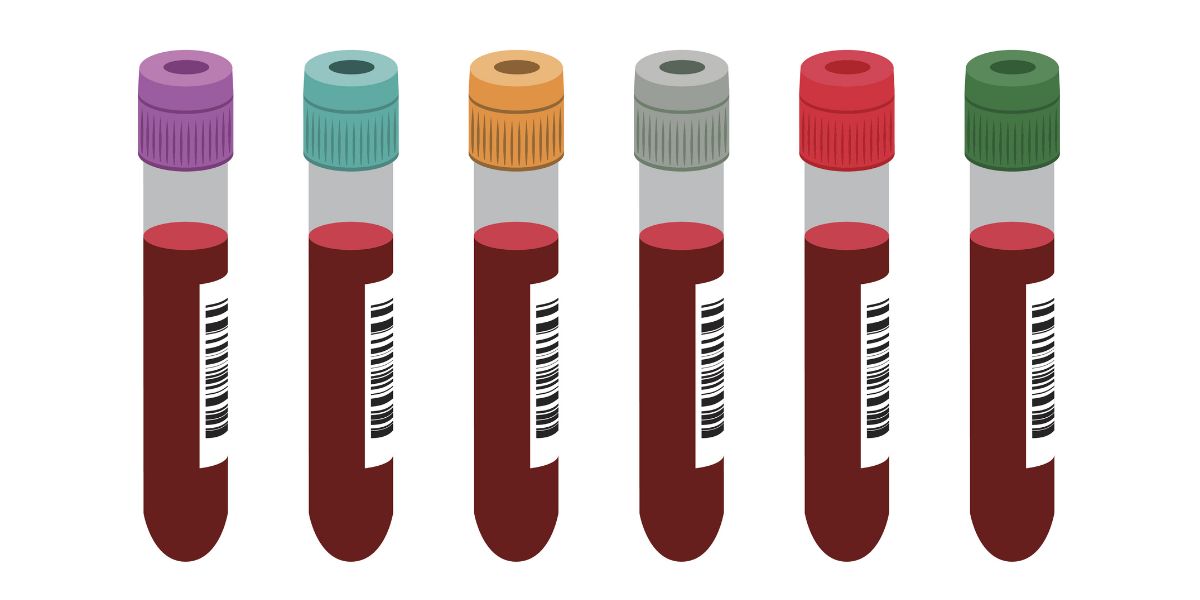A random plasma glucose test is a good way for doctors get a at short notice.
The test is not so good at diagnosing diabetes in people with mildly elevated blood sugar levels but it is good for those that have a high blood sugar level and may need treatment more urgently.
A random plasma glucose test therefore a useful test for diagnosing type 1 diabetes in which a delay in diagnosis could lead to a high risk of a dangerous condition known as ketoacidosis developing.
What does a random plasma glucose test involve?
A blood sample will be taken and analysed for the concentration of glucose in the blood
There is no need to fast for a random plasma glucose test.
How are the results interpreted?
| Result | Interpretation/meaning |
|---|---|
| Under 11.1 mmol/l | Further tests will be needed to confirm or refute suspected diabetes |
| 11.1 mmol/l | Diabetes will be diagnosed |
It is important to note that a negative result does not necessarily rule out diabetes. If your doctor suspects diabetes may be present, despite a result under 11.1 mmol/L, he or she advise taking further diagnosis tests to confirm or rule out diabetes.
What happens if diabetes is diagnosed?
In children and young people, a diagnosis of diabetes should involve same day referral to a specialist diabetes team. Immediate care may also be required if blood glucose is significantly above 11.1 mmol/L. [107]
In older people, diabetes tends to develop less quickly and therefore there is less chance of immediate danger. You should be seen to discuss your treatment promptly but same day treatment will not usually be necessary.




